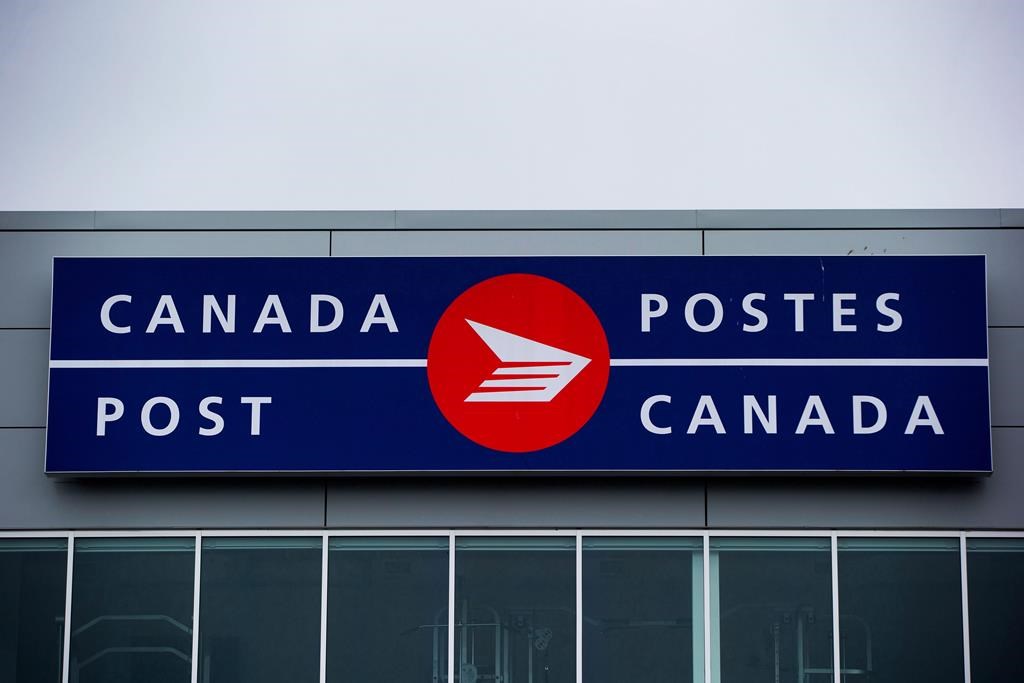China cuts benchmark lending rate, takes new step to ease controls on bank deposits
Posted Jun 8, 2012 04:50:19 AM.
This article is more than 5 years old.
BEIJING, China – China has cut its key lending rate for the first time in four years and taken a small step toward letting market forces set bank deposit rates, as it tries to reverse an economic slump and put more money in consumers’ pockets.
The rate cut Thursday came as Chinese leaders are reversing course and loosening lending and investment curbs they steadily tightened over the past two years to cool an overheated economy.
The central bank also said China’s commercial banks would be allowed to pay higher deposit rates than those dictated by the government, though it said rates will be capped for now at 1.1 times the official level. That could help to shift money to households from China’s hugely profitable government-owned banks.
The change is the latest step in reforms aimed at making China’s financial system more efficient by easing controls that forced depositors to subsidize lending to government companies by holding down rates paid on savings.
Analysts said the changes and timing suggest May trade and economic data due to be released in the next few days are unexpectedly weak and have spurred authorities to take more urgent action.
“Markets are bracing for a potentially bad set of May economic data for China,” said Moody’s Analytics economic Alistair Chan in a report.
The slowdown, raising the risk of job losses and unrest, comes at an awkward time for the ruling Communist Party, which is trying to enforce calm ahead of a once-a-decade handover of power to younger leaders.
The rate on a one-year loan was cut by a quarter percentage point to 6.31 per cent effective Friday. It was the first rate cut since November 2008.
Beijing has rolled out a series of measures to stimulate the economy after growth fell to a nearly three-year low of 8.1 per cent in the first quarter and April factory output grew at its slowest rate since the 2008 crisis. Private sector analysts expect this quarter’s growth to fall further.
“We expect a boost to demand for lending as a result of the cuts, although the actual impact will be limited given low demand for credit,” said Credit Agricole CIB economist Dariusz Kowalczyk in a report.
The government has said it will pump billions of dollars into the economy through spending on building low-cost housing, airports and other public works. It also has approved a wave of major investments by state companies.
However, communist leaders are moving cautiously after their huge stimulus in response to the 2008 financial crisis fueled inflation and a wasteful building boom.
Banks might respond to the change in controls on deposit rates by boosting rates to the new cap to attract or keep deposits, analysts said. That would shift more money from banks to households.
“Competition should push deposit rates higher. This too should help stimulus efforts,” said Qinwei Wang and Mark Williams of Capital Economics.
The controls have given Chinese banks a margin between lending and deposit rates of more than 3 per cent — among the world’s largest — and guaranteed them fat profits.
Profits for China’s banks are equal to more than 3 per cent of gross domestic product, the highest rate for any major economy and well above Japan’s 0.6 per cent and Australia’s 2.7 per cent, according to Citigroup analyst Simon Ho.
This week’s change should narrow banks’ interest rate margin by 0.19 percentage point, according to Deutschebank’s Ma.
Also Thursday, the central bank expanded flexibility for banks in rates they can charge borrowers. The minimum rate for commercial loans was lowered to 0.8 times the benchmark from the previous level of 0.9 per cent.
More than 70 per cent of bank loans already are charged at rates above the benchmark, according to J.P. Morgan. That could help to cushion the impact of easing controls on deposit rates because banks effectively already have wider margins on those loans.
On May 12, regulators cut the minimum amount of reserves Chinese banks are required to hold in another effort to boost lending. Analysts said that would have little effect because struggling businesses were unlikely to borrow.
Among other measures in recent weeks, Beijing has announced 66 billion yuan ($10 billion) in spending on building affordable housing and 26.5 billion yuan ($4.2 billion) to subsidize sales of energy-efficient appliances.
“Many harbour doubts about the wisdom of another credit-fuelled stimulus, but the government’s overriding objective is now to ensure that the economy is not too fragile in the final months before the once-in-a-decade leadership transition,” said Wang and Williams of Capital Economics.
“With policy strongly stimulative, we expect the economy to recover in the second half of the year.”










